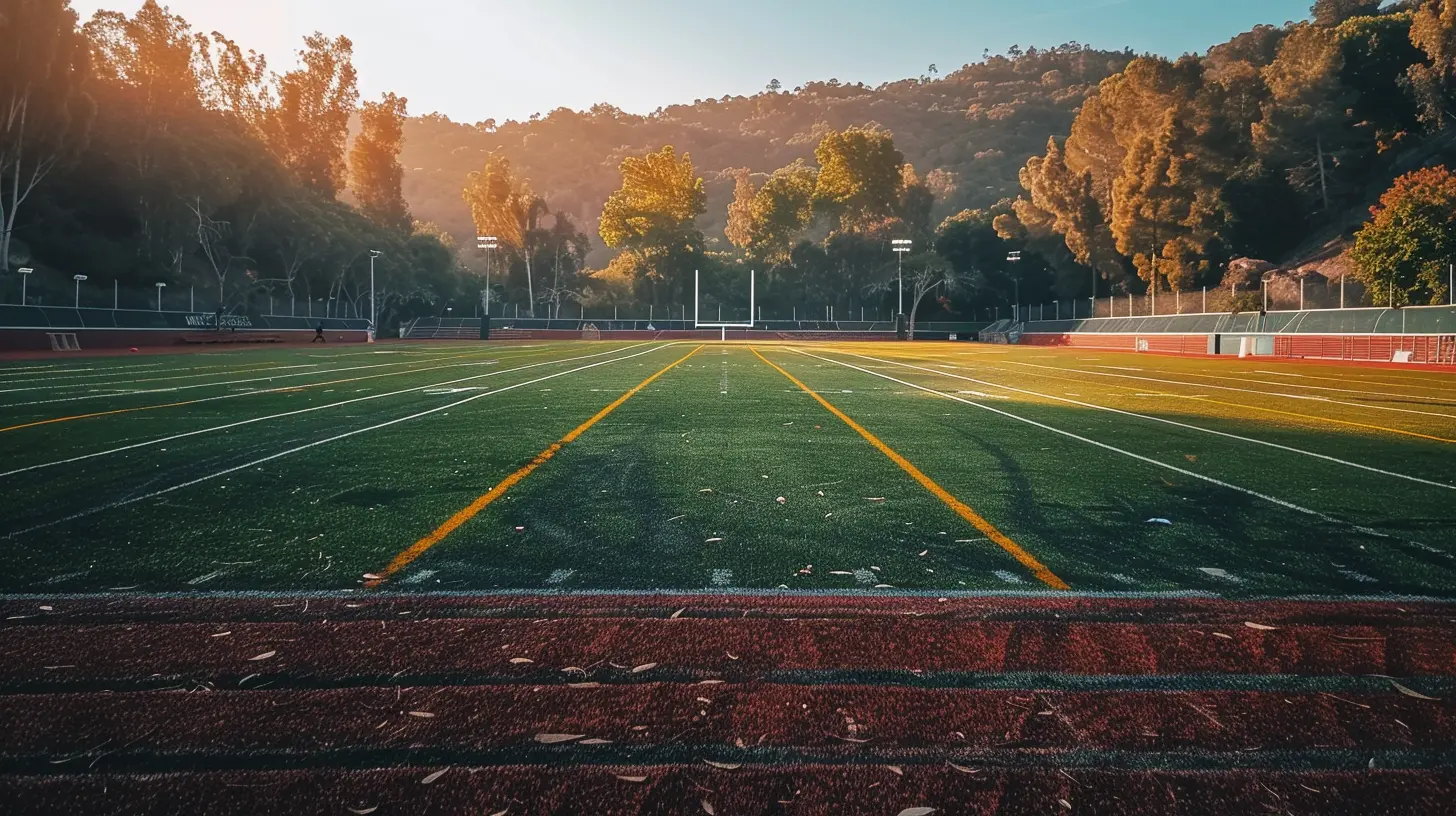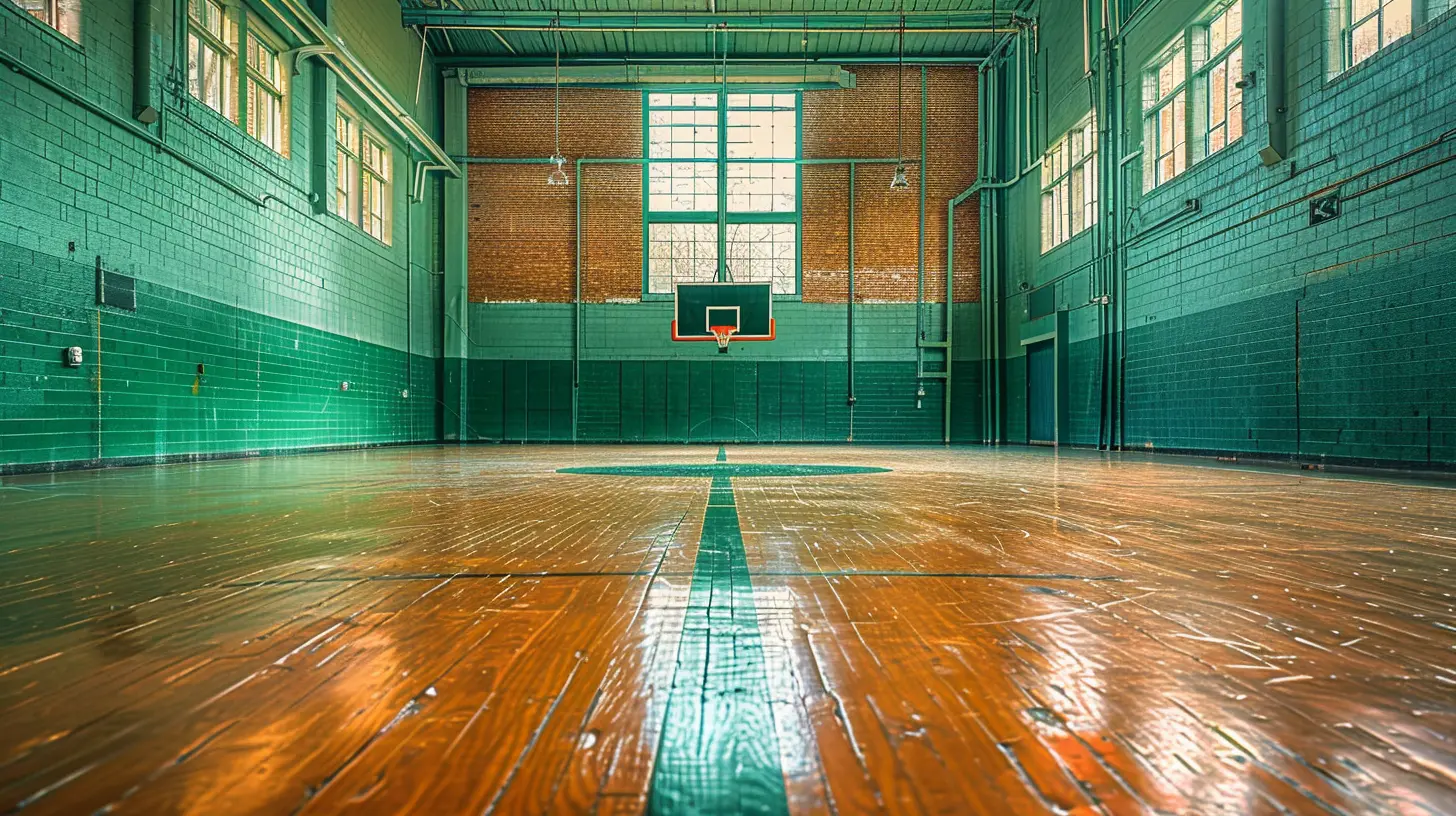Analyzing the Impact of Title IX on School Sports and Beyond
15 October 2025
When we talk about equal opportunity in education and sports, there’s one law that’s always at the heart of the conversation: Title IX. Passed way back in 1972, this game-changing legislation has done more than just open doors—it’s completely redefined what fairness means in the classroom and on the field. But here’s the thing: while most people know it has “something to do with women’s sports,” the truth is, the ripple effects of Title IX stretch way beyond the gym.
In this deep dive, we’re breaking down what Title IX really is, how it’s shaped school sports (especially for girls and women), and how its influence continues to shape policies, expectations, and debates almost 50 years later. So grab a seat—there’s a lot more going on here than just uniforms and scoreboards.
What Is Title IX, Anyway?
First, let’s get on the same page.Title IX is a federal civil rights law that was passed as part of the Education Amendments of 1972. In simple terms, it says this:
> "No person in the United States shall, on the basis of sex, be excluded from participation in, be denied the benefits of, or be subjected to discrimination under any education program or activity receiving Federal financial assistance."
Sounds pretty straightforward, right? But don’t let that simplicity fool you. That one sentence has been at the center of some of the most important changes in the U.S. education system—especially when it comes to sports.
The Pre-Title IX Era: Unequal Playing Fields
Let’s rewind to before 1972. Picture high school and college campuses across the country. Girls and women who wanted to play sports faced overwhelming barriers. Some schools didn’t even offer programs for them. If they did exist, they were often underfunded, poorly managed, and not taken seriously.Want stats? Before Title IX, only about 1 in 27 high school girls played sports.
Contrast that with now: over 3.4 million girls are involved in high school sports—a more than 10x increase. That alone tells you something powerful is at play.
Title IX and Sports: Leveling the Playing Field
So, what did Title IX actually do for school sports?1. Mandatory Equal Opportunities
Title IX doesn’t require identical programs for boys and girls, but it does insist that schools provide equal opportunities. That means comparable:- Facilities
- Coaching
- Equipment
- Scheduling
- Publicity
It’s not just about having a team; it’s about having a fair shot.
2. Funding Shifts
After Title IX, schools had to re-evaluate their budgets. If 60% of the student body is female, and only 20% of the athletic funds are going to girls’ sports, that raises a giant red flag. The pressure to balance the books fairly led to big changes in how money was allocated—including scholarship dollars.3. Cultural Respect
Let’s not underestimate the mental shift Title IX sparked. Suddenly, girls excelling in sports wasn’t just “nice”—it was expected. We started seeing more women in sports media, more attention to female athletes, and more girls dreaming of athletic careers.
But It Wasn’t Always Smooth Sailing…
Now, let’s keep it real. Title IX wasn’t some magic wand that instantly fixed inequality. The rollout hit plenty of bumps, and a few myths started to form along the way.Myth #1: Title IX Killed Men’s Sports
Some folks argue that Title IX led to men’s sports teams being cut to "make room" for women’s programs. It’s true that some schools trimmed men’s teams—but often, these decisions were about money, not Title IX. Football, with its massive budgets, tends to eat up a lot of athletic funds, which complicates things.The key takeaway? Title IX doesn’t say schools have to eliminate men’s sports—just that they need to ensure fair opportunities across the board.
Myth #2: Title IX Only Applies to Athletics
Not true. Title IX touches all areas of education:- STEM programs
- Admissions and recruitment
- Sexual harassment and assault policies
- Access to scholarships
Athletics might grab the headlines, but the law’s reach is much wider.
The Real-World Success Stories
Okay, time for some feel-good moments.Serena and Venus Williams
These tennis legends didn’t compete in school sports systems, but they benefit from the cultural normalization of women in sports that Title IX helped build.Megan Rapinoe and the U.S. Women’s Soccer Team
More than champions—their fight for equal pay underscores how Title IX helped create a generation of female athletes unafraid to demand respect.High School and College Standouts
From local track stars to basketball MVPs, girls who might never have had access to good coaching, gear, or college scholarships now get opportunities their grandmothers couldn’t even dream about.Beyond Sports: Title IX’s Broader Reach
Here’s where it gets even more interesting. The impact of Title IX on sports is just the tip of the iceberg. Let’s explore how it’s shifted the entire educational landscape.STEM Fields
Traditionally, math, science, and engineering were male-dominated. Title IX helped push schools to recruit and support women in these fields. As a result, we’re seeing more female engineers, coders, and scientists than ever before.Sexual Harassment and Assault
In recent years, Title IX has become central to how schools handle reports of sexual misconduct. Universities are required to investigate complaints and ensure victims are protected. It’s not perfect—but it’s a start.LGBTQ+ Protections
Recent interpretations of Title IX have broadened to include protections based on gender identity. That means trans students are increasingly being included under the law’s protective umbrella—though this remains a hot political topic.The Ongoing Challenges
Let’s not pat ourselves on the back just yet. There’s still work to do.Compliance is Inconsistent
Not every school meets Title IX requirements. Some lag behind in providing fair access or equal funding, particularly at the high school level where oversight is weaker.The Battle Over Transgender Athletes
This is one of the most controversial topics today. Some argue that allowing transgender women to compete in women’s sports presents fairness issues. Others say excluding them is discriminatory. The legal and ethical debates rage on, and Title IX is right at the center of it.Budget Constraints
Smaller colleges and underfunded districts struggle to offer equal sports opportunities. Even with the law in place, real equality often depends on how much money a school has to implement change.So, Has Title IX Achieved Its Goal?
Short answer? Partially.In terms of visibility, opportunity, and access—Title IX has done wonders for girls and women in sports and education. But like any civil rights law, it reflects an ongoing process. Culture, politics, and budgets all shape how it's enforced and interpreted.
Here’s something to chew on: Title IX didn’t just impact the girls who joined the volleyball team. It changed how we, as a society, view talent, ambition, and fairness. That’s a legacy that goes far beyond school walls.
Why This Still Matters Today
Maybe you’re a student who never thought much about Title IX. Maybe you're a parent of a young athlete. Maybe you’re just curious about how laws shape everyday lives. No matter where you stand, here’s the truth:Title IX is more than history—it’s a living, breathing part of our education system. It started by making sports more accessible, and now it’s challenging us to think harder about what fairness really means.
Because when we talk about opportunity, we’re really asking: who gets to have a dream—and the resources to chase it?
Final Thoughts: The Game Is Still On
Title IX was never just about sports. It’s about equality in action. And while the law laid the groundwork, the real progress comes from people—students, teachers, coaches, parents—who work every day to make inclusion a reality.So whether you're suiting up for game day, applying to college, or stepping into your first engineering class, remember: you're part of this story. And thanks to Title IX, the rules are a little bit fairer for everyone.
all images in this post were generated using AI tools
Category:
Education PolicyAuthor:

Monica O`Neal
Discussion
rate this article
1 comments
Kristina Gomez
Great insights! Title IX's impact on sports is vital for equity and opportunity in education.
October 27, 2025 at 3:51 AM


